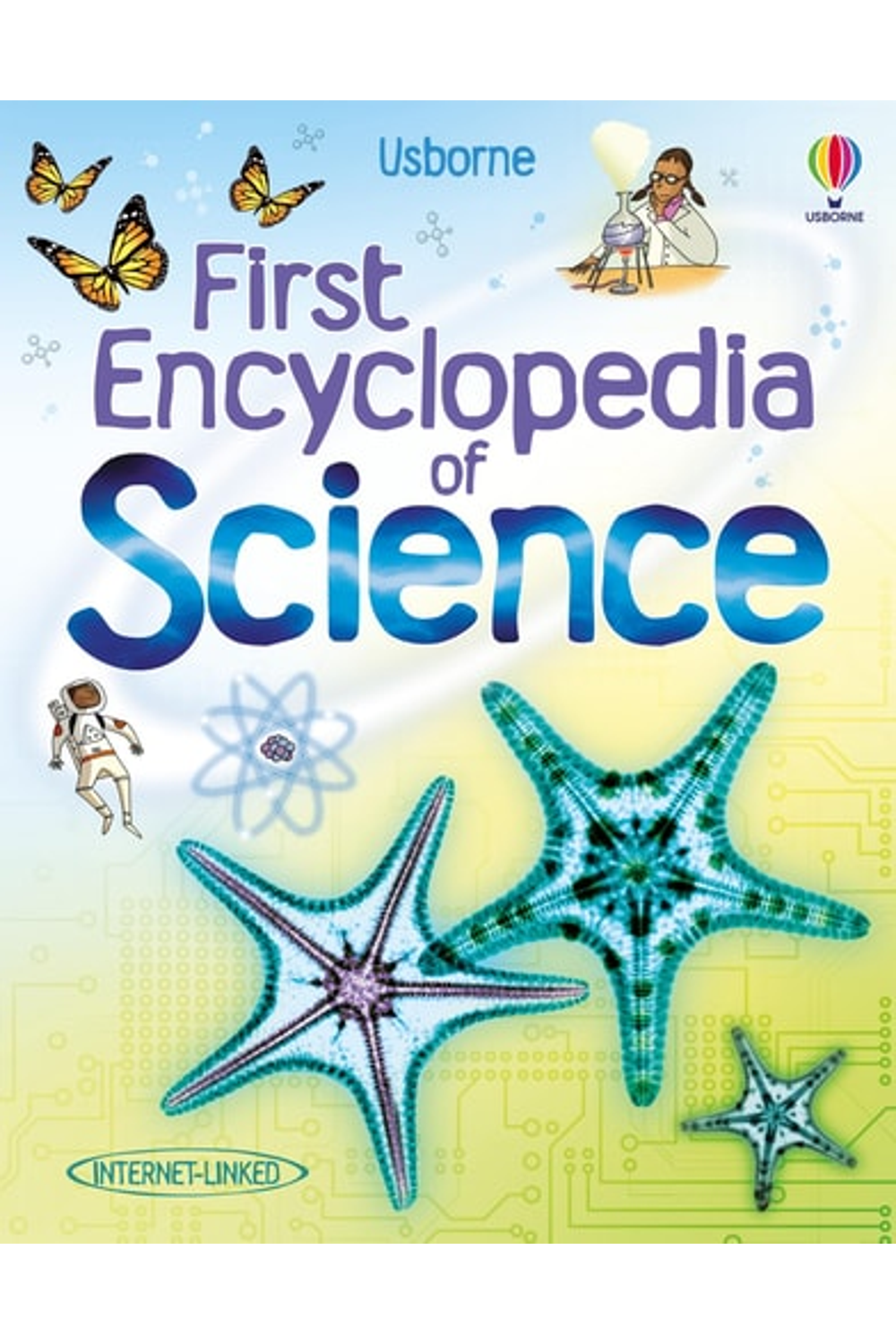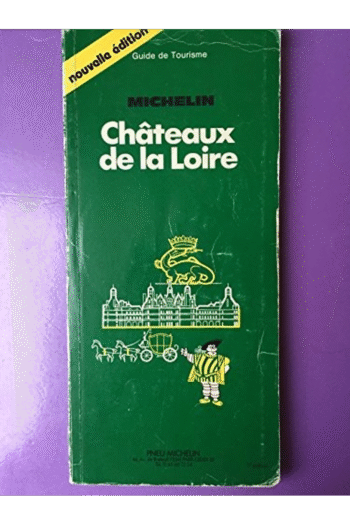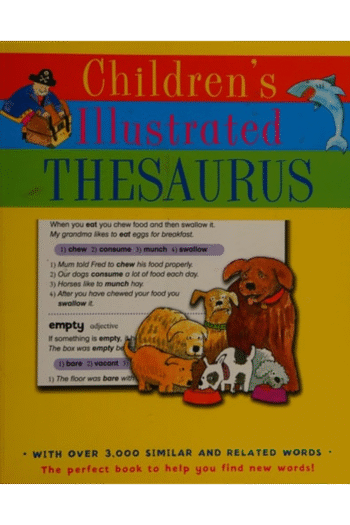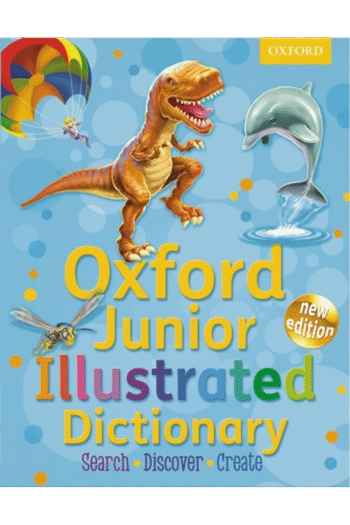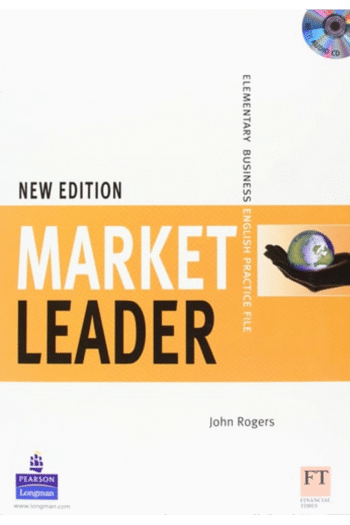Ignite a lifelong passion for science with the “First Encyclopedia of Science” by Rachel Firth. Published by Usborne, this engaging paperback unlocks the mysteries of the world around us for young learners. Explore fundamental concepts like gravity, magnetism, and buoyancy through clear explanations, vibrant illustrations, and hands-on activities. Go beyond simple facts and foster genuine understanding with Usborne’s renowned educational approach. Perfect for curious kids aged 6-10, this encyclopedia sparks discovery and encourages critical thinking. Discover recommended websites for extended learning and delve deeper into fascinating topics. A brilliant resource for homeschooling or supplementing classroom learning! Get this new edition and inspire the next generation of scientists.
First Encyclopedia of Science
14.50 $
In stock
Description
Why do things float? How do magnets work? What is gravity? The answers to these questions and more can be found in this fact-filled book. Simple, easy-to-read text and lively illustrations introduce basic science topics. Also includes fun science activities and exciting recommended websites.
Unleash your child's inner scientist with the "First Encyclopedia of Science," a captivating and engaging introduction to the wonders of the scientific world, written by Rachel Firth and published by Usborne Books. This new edition paperback, designed for young, curious minds, transforms complex scientific concepts into easily digestible information, sparking a lifelong love for learning and discovery. Why *do* things float? What invisible force holds us to the ground? How do magnets perform their mysterious attraction? This book answers these fundamental questions and many more, providing a solid foundation in essential scientific principles. Move beyond rote memorization and embrace true understanding with clear, concise explanations accompanied by vibrant and engaging illustrations. Rachel Firth masterfully presents information in a way thats both informative and fun, ensuring that children remain captivated from beginning to end. "First Encyclopedia of Science" isn't just a book; it's an interactive learning experience. Beyond the core explanations, it incorporates hands-on science activities designed to reinforce learned concepts and encourage experimentation. Transform your kitchen into a laboratory and watch as abstract ideas come to life through practical application! This interactive approach fosters critical thinking skills, problem-solving abilities, and a deeper appreciation for the scientific method. Usborne Books are known for their commitment to quality and educational value, and this encyclopedia is no exception. The book is designed to be approachable and accessible, making even challenging concepts understandable for young readers. The illustrations are carefully crafted to complement the text, aiding comprehension and visual learning. This 64-page encyclopedia goes beyond the printed page by including exciting recommended websites. These curated online resources provide opportunities for further exploration, allowing children to delve deeper into specific topics and expand their scientific knowledge beyond the confines of the book. These resources are perfect for school projects, homeschooling supplementation, or simply satisfying a child's innate curiosity. Perfect for children aged 6-10, "First Encyclopedia of Science" is an excellent resource for parents, educators, and anyone who wants to foster a love of science in young learners. Give the gift of knowledge and watch as your child's scientific journey begins! It makes a wonderful addition to any home library or classroom. With its clear explanations, engaging activities, and stunning illustrations, this encyclopedia is sure to become a treasured resource for years to come. Author Rachel Firth is a seasoned writer known for her ability to simplify complex topics for young audiences. Her expertise in science education shines through in this book, making it a valuable tool for teaching essential scientific principles in an engaging and accessible manner. "First Encyclopedia of Science" is not just a source of information, but an inspiring guide that empowers young readers to explore, question, and discover the amazing world around them. Its continued popularity since its 2011 publication is a testament to its enduring quality and relevance in science education.
Additional information
| Authors | |
|---|---|
| Binding | |
| Condition | |
| ISBN-10 | 140952244X |
| ISBN-13 | 9781409522447 |
| Language | |
| Pages | 64 |
| Publisher | |
| Year published | |
| Weight | 580 |
| Edition | New edition |
SKU: G-9781409522447-4
Category: Reference
Related products
Chateaux de La Loire -OSI
13.33 $Children’s Illustrated Thesaurus
13.32 $
- Additional information
- Currencies
- USD – United States dollar
- EUR – Euro
- GBP – Pound sterling
- CNY – Chinese yuan
- BRL – Brazilian real
- MXN – Mexican peso
- JPY – Japanese yen
- PHP – Philippine peso
- THB – Thai baht
- PLN – Polish złoty
- CAD – Canadian dollar
- MYR – Malaysian ringgit
- AUD – Australian dollar
- TWD – New Taiwan dollar
- CZK – Czech koruna
- SEK – Swedish krona
- HUF – Hungarian forint
- ILS – Israeli new shekel
- CHF – Swiss franc
- HKD – Hong Kong dollar
- DKK – Danish krone
- SGD – Singapore dollar
- NOK – Norwegian krone
- NZD – New Zealand dollar

